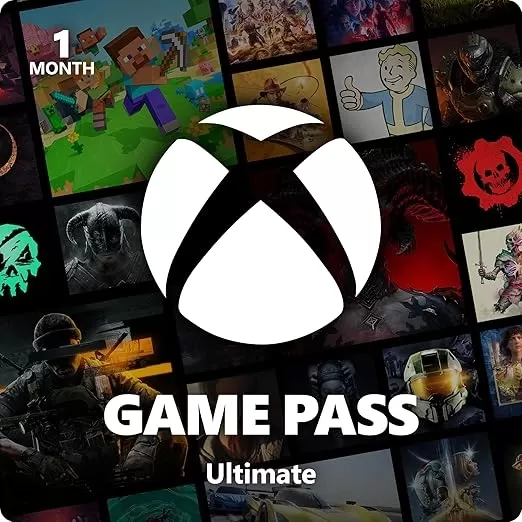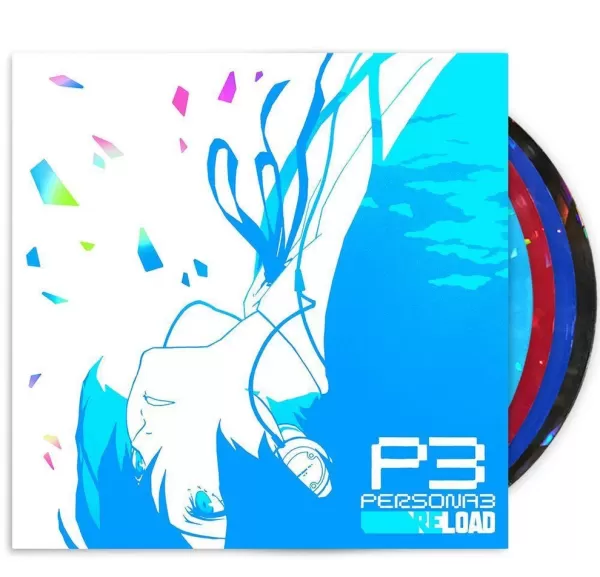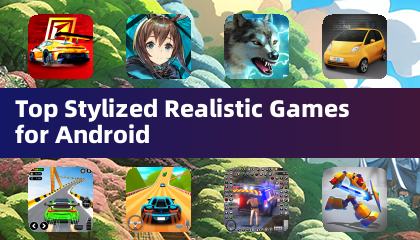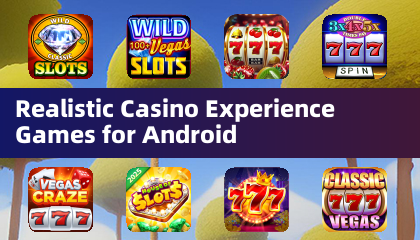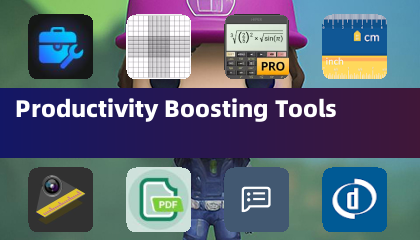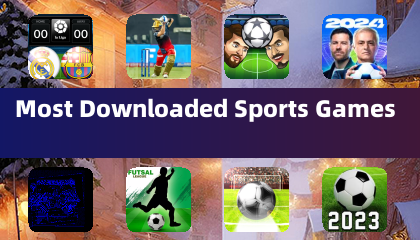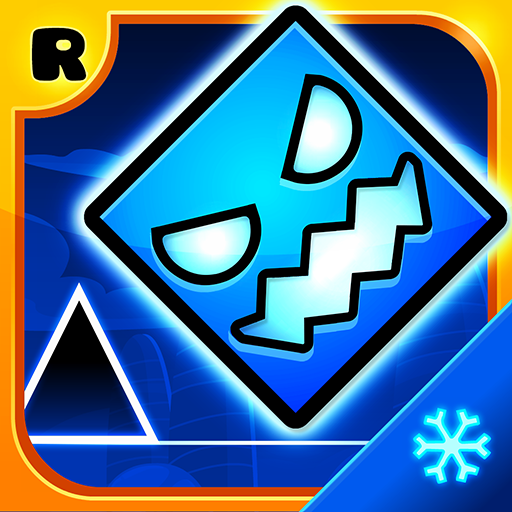Minecraft: From Humble Beginnings to Global Phenomenon
Minecraft's journey to becoming a globally recognized video game is a fascinating story of innovation and community growth. This article details the evolution of Minecraft, from its initial conception to its current status as a cultural icon.
Table of Contents
- Initial Concept and First Release
- Building a Dedicated Player Base
- Official Launch and Worldwide Success
- Minecraft Versions Across Platforms
Initial Concept and First Release
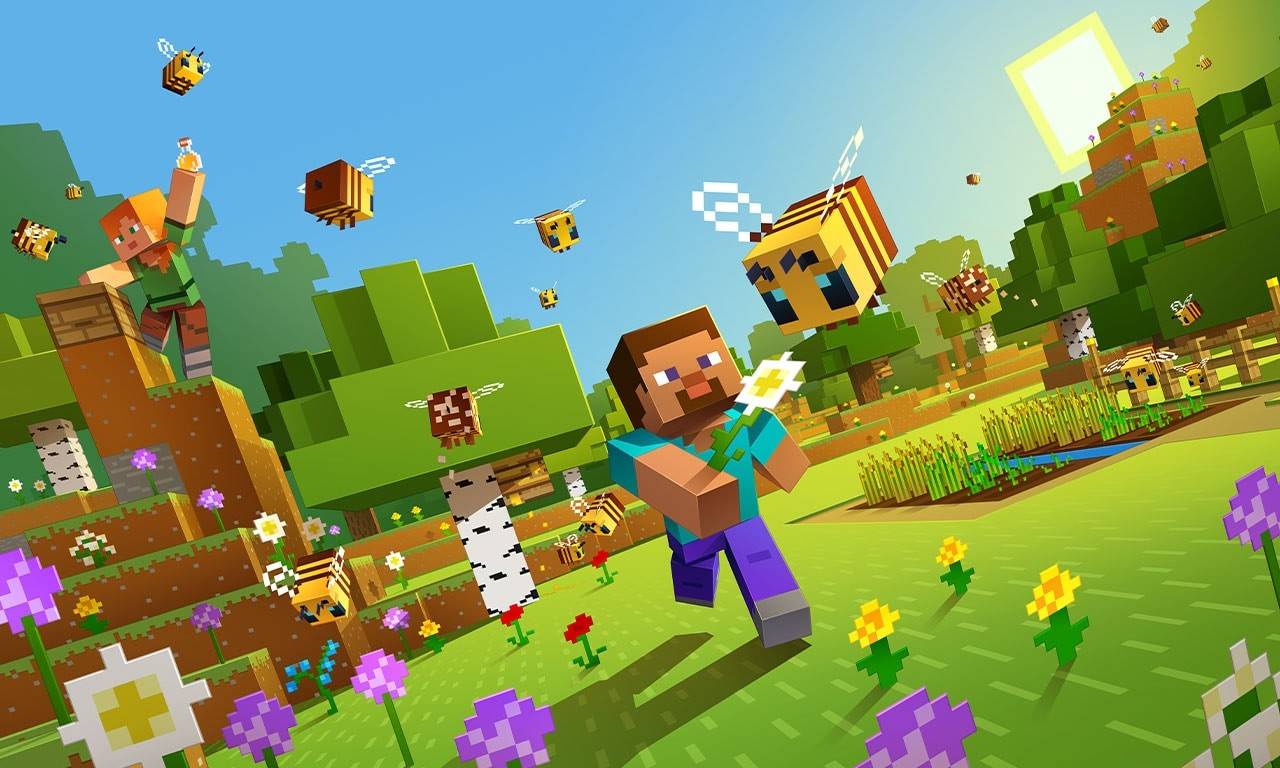 Image: apkpure.cfd
Image: apkpure.cfd
Created by Markus "Notch" Persson in Sweden, Minecraft drew inspiration from games like Dwarf Fortress, Dungeon Keeper, and Infiniminer. Notch envisioned a game focused on open-world building and exploration. The alpha version debuted on May 17, 2009, a lightweight pixelated sandbox developed during his time at King.com. Its simple yet engaging building mechanics quickly attracted players.
Building a Dedicated Player Base
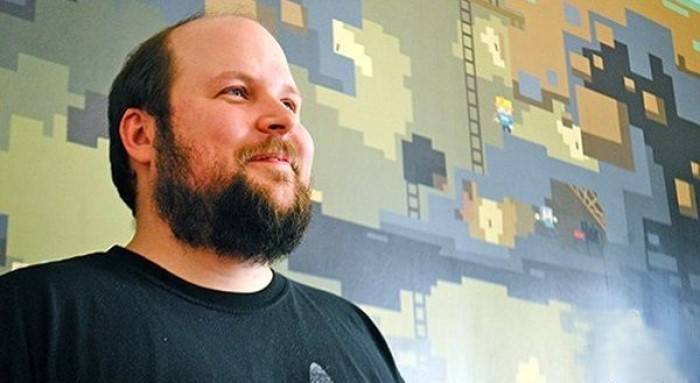 Image: miastogier.pl
Image: miastogier.pl
Word-of-mouth and online buzz fueled Minecraft's rapid growth. By 2010, the game transitioned to beta, and Notch founded Mojang Studios to fully dedicate himself to its development. Minecraft's unique concept and limitless creative potential resonated with players, who built everything from homes and landmarks to entire cities. The addition of Redstone, a material enabling complex mechanisms, was a significant milestone.
Official Launch and Worldwide Success
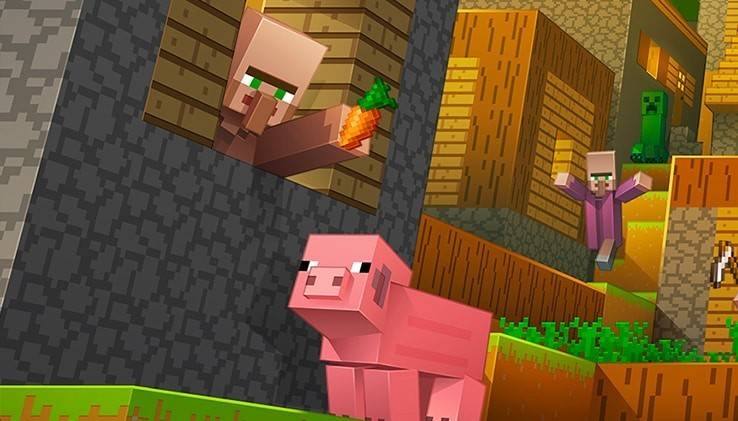 Image: minecraft.net
Image: minecraft.net
Minecraft's official 1.0 release on November 18, 2011, solidified its position as a major player in the gaming industry. Millions of players were already engaged, creating a massive and active community. This community further expanded the game's reach through custom modifications, maps, and educational projects. Collaborations with various platforms, starting with Xbox 360 and PlayStation 3 in 2012, broadened its appeal to console gamers. Minecraft's blend of entertainment and educational potential captivated children and teenagers, fostering creativity and innovation.
Minecraft Versions Across Platforms
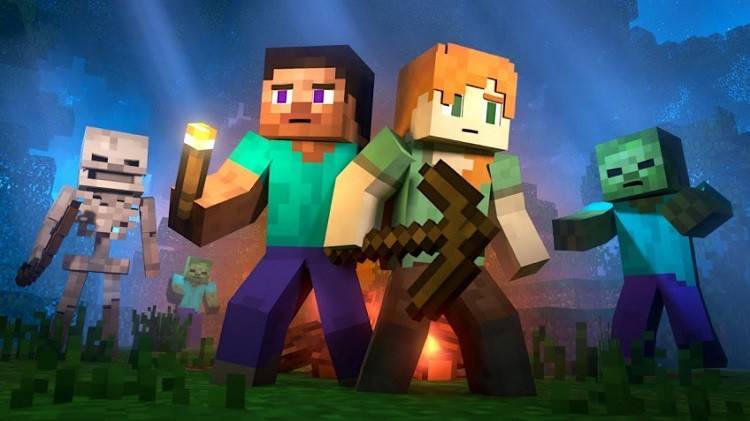 Image: aparat.com
Image: aparat.com
The following table outlines key Minecraft versions released after the official launch:
| Version | Description |
|---|
| Minecraft Classic | The original free version. |
| Minecraft: Java Edition | Initially lacked cross-platform play; now includes Bedrock Edition features on PC. |
| Minecraft: Bedrock Edition | Cross-platform compatible with other Bedrock versions; PC version includes Java features. |
| Minecraft Mobile | Cross-platform compatible with other Bedrock versions. |
| Minecraft for Chromebook | Available on Chromebooks. |
| Minecraft for Nintendo Switch | Includes the Super Mario Mash-up pack. |
| Minecraft for PlayStation | Cross-platform compatible with other Bedrock versions. |
| Minecraft for Xbox One | Partially Bedrock Edition; no longer receiving updates. |
| Minecraft for Xbox 360 | Support discontinued after the Aquatic Update. |
| Minecraft for PS4 | Partially Bedrock Edition; no longer receiving updates. |
| Minecraft for PS3 | Support discontinued. |
| Minecraft for PlayStation Vita | Support discontinued. |
| Minecraft for Wii U | Offered off-screen play. |
| Minecraft: New Nintendo 3DS Edition | Support discontinued. |
| Minecraft for China | China-exclusive version. |
| Minecraft Education | Educational version used in schools and learning environments. |
| Minecraft: PI Edition | Educational version for Raspberry Pi. |
Minecraft's enduring legacy extends beyond the game itself. It has fostered a thriving ecosystem encompassing dedicated communities, YouTube channels, merchandise, and official competitions. Continued updates ensure the game remains engaging and relevant, constantly evolving with new biomes, characters, and features.

 Image: apkpure.cfd
Image: apkpure.cfd Image: miastogier.pl
Image: miastogier.pl Image: minecraft.net
Image: minecraft.net Image: aparat.com
Image: aparat.com LATEST ARTICLES
LATEST ARTICLES 